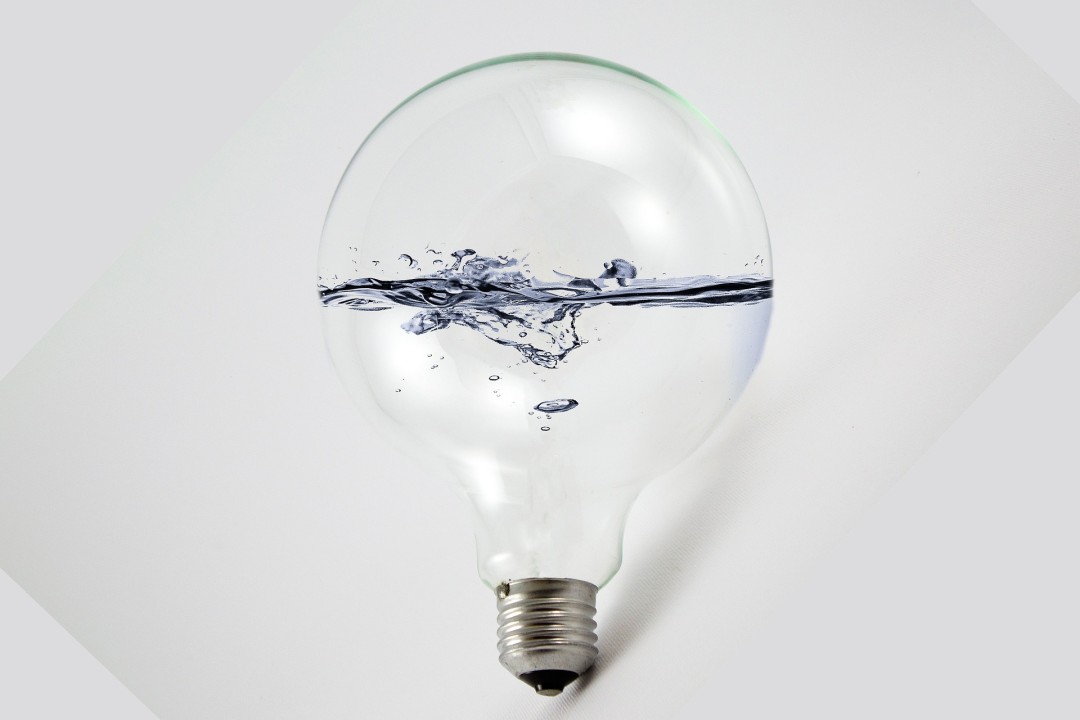Welcome to this week’s edition of the “Our Future Water” newsletter, where we explore groundbreaking innovations at the intersection of water and energy, emphasizing the crucial synergy between these vital resources. With the growing demand for energy and water in a changing climate, the water-energy nexus has become a focal point for sustainable development. This edition highlights the latest advancements in harnessing this nexus to enhance resource efficiency, spotlighting energy-efficient desalination solutions, the role of water utilities in renewable energy adoption, and interconnected water and energy management strategies.
Insights
The Interconnectedness of Water and Energy
The bond between water and energy is inseparable and bidirectional, with energy being essential for water extraction, treatment, and distribution, while water is crucial for producing energy. Innovations focusing on this interconnectedness are vital for sustainability. Implementing energy-efficient water pumps and integrating water management into energy policy planning is pivotal. These efforts aim to conserve resources and minimize the environmental footprint of water and energy systems. Discover how water utilities in Scotland, Helsinki, and Melbourne are reducing water-energy nexus pressures.
Energy-Efficient Desalination Solutions
As freshwater resources become increasingly scarce, desalination emerges as a critical technology for water security. However, traditional desalination processes are energy-intensive. The latest innovations focus on reducing energy consumption, such as developing low-energy reverse osmosis membranes and using renewable energy sources to power desalination plants. These advancements significantly lower the carbon footprint of desalination and make it a more viable option for addressing water scarcity. Explore how Singapore is seeking innovators to develop low-energy desalination technologies.
Water Utilities and Renewable Energy
Water utilities are at the forefront of integrating renewable energy into their operations, transforming how water is supplied and treated. By adopting solar and wind power for water treatment processes, utilities reduce their reliance on non-renewable energy sources and decrease operational costs. Furthermore, innovative practices like using wastewater treatment plants as bioenergy generators demonstrate how water utilities can contribute to the renewable energy sector, creating a more sustainable and energy-efficient water infrastructure. Read how San Diego’s Public Utilities Department has a forward-thinking renewable energy program that helps the city reduce water-energy-carbon nexus pressures.
In conclusion, leveraging the water-energy nexus through innovative technologies and practices is essential for sustainable resource management. By focusing on energy-efficient desalination, empowering water utilities with renewable energy, and understanding the interconnectedness of water and energy, we can pave the way for a more resilient and sustainable future. These efforts ensure the availability of our most precious resources and contribute to the global fight against climate change, highlighting the importance of integrated approaches in achieving water and energy security.


Comments are closed